Explore Green
It’s time to make clean energy investment in emerging and developing economies a top global priority.
New report from IEA, in collaboration with World Bank and World Economic Forum, shows concerted international efforts are needed for a sustainable and resilient economic future in developing world.
The world’s energy and climate future increasingly hinges on whether emerging and developing economies are able to successfully transition to cleaner energy systems, calling for a step change in global efforts to mobilise and channel the massive surge in investment that is required, according to a new report by the International Energy Agency.
The special report – carried out in collaboration with the World Bank and the World Economic Forum – sets out a series of actions to enable these countries to overcome the major hurdles they face in attracting the financing to build the clean, modern and resilient energy systems that can power their growing economies for decades to come.
Annual clean energy investment in emerging and developing economies needs to increase by more than seven times – from less than USD 150 billion last year to over $1 trillion by 2030 to put the world on track to reach net-zero emissions by 2050, according to the report, Financing Clean Energy Transitions in Emerging and Developing Economies. Unless much stronger action is taken, energy-related carbon dioxide emissions from these economies – which are mostly in Asia, Africa and Latin America – are set to grow by 5 billion tonnes over the next two decades.
Increasing energy efficiency is a critical part of the race to net zero.

One of the key pillars for reaching net-zero emissions is using energy more efficiently.
We explore how the global energy sector can reach net-zero emissions by 2050. In the pathway it lays out – the Net-Zero Emissions by 2050 (NZE) Scenario – global energy demand in 2050 is around 8% lower than today but will need to serve an economy more than twice as big and a population with 2 billion more people.
That means each unit of energy will have to achieve more than it does today in terms of heating, cooling, cooking, moving people or things or powering a factory. Improving energy efficiency is a central foundation of a pathway that both meets the needs of a growing and increasingly wealthy global population, and achieves net-zero emissions by 2050.
Final energy demand in the NZE Scenario is well within the range of comparable 1.5 °C scenarios1 from the Intergovernmental Panel on Climate Change (IPCC), with many IPCC scenarios requiring similar or more ambitious energy efficiency improvements than the NZE Scenario. Total final energy consumption in 2050 in the IPCC scenarios ranges from 300 exajoules (EJ) to 550 EJ, compared with around 410 EJ in 2020. The NZE Scenario has final energy consumption of 340 EJ in 2050.

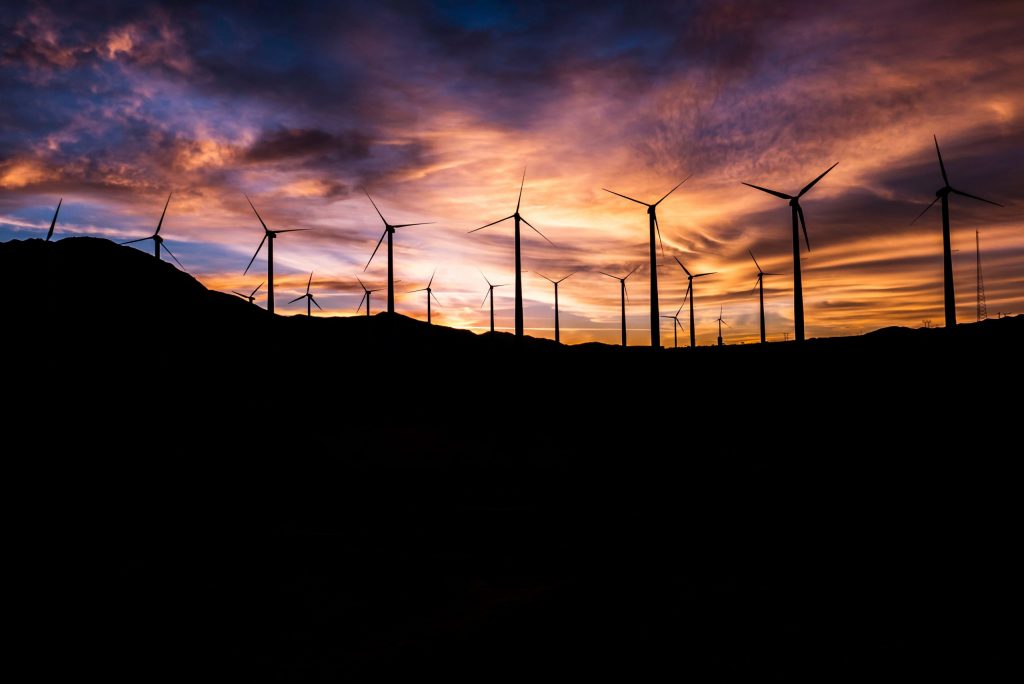
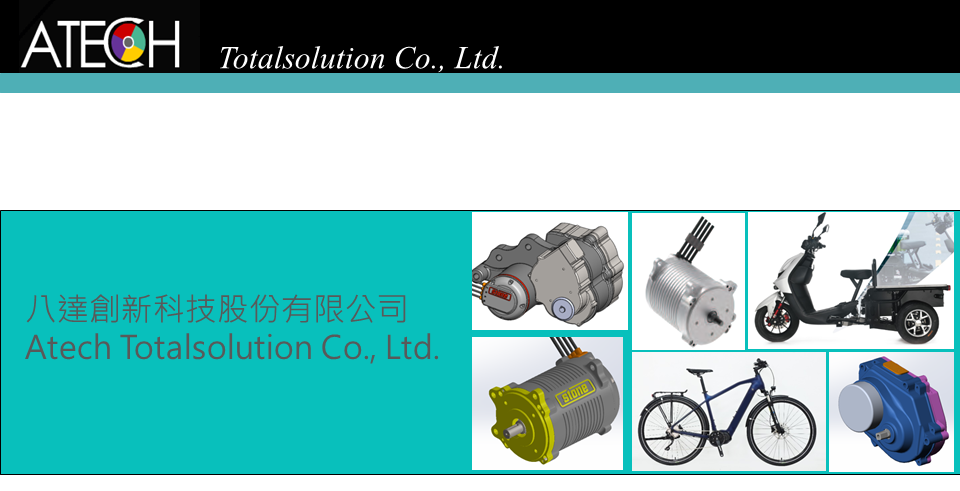
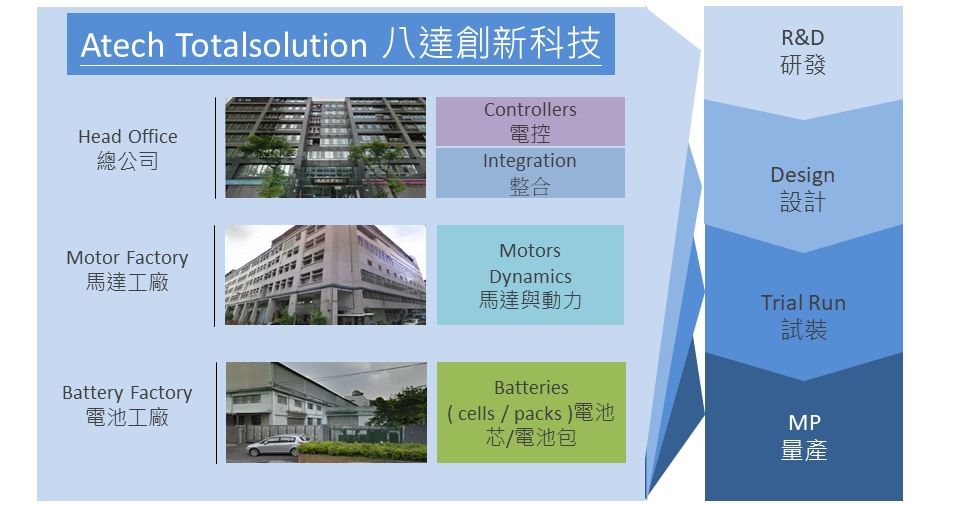
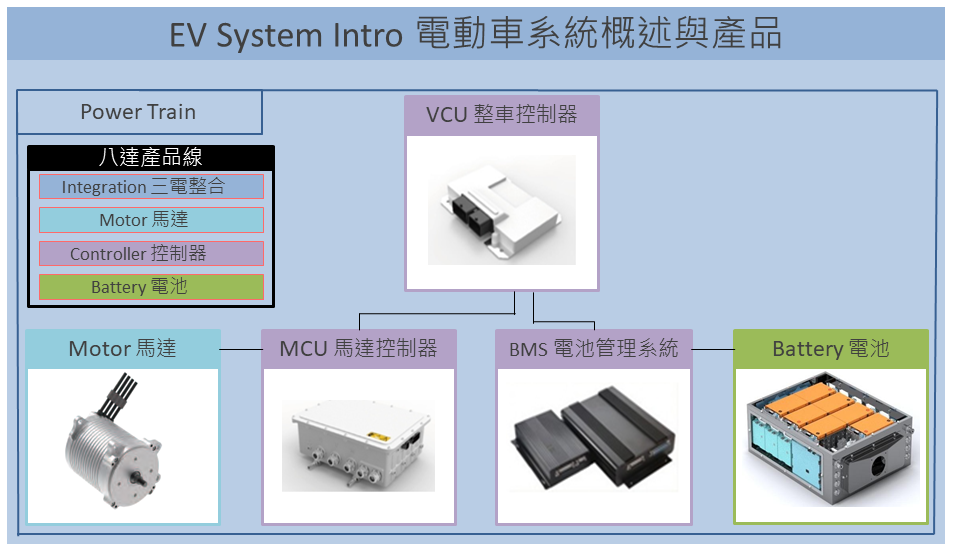
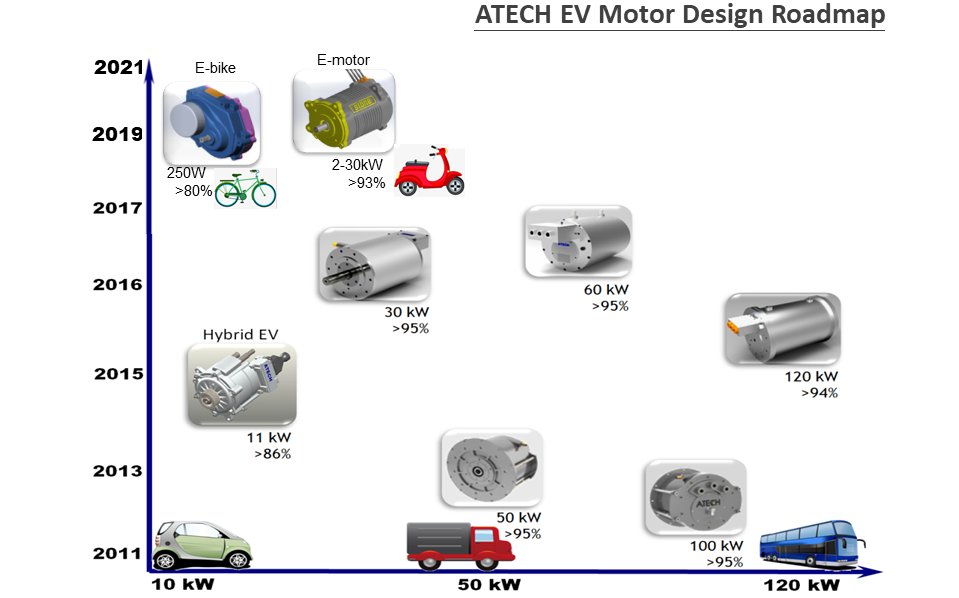

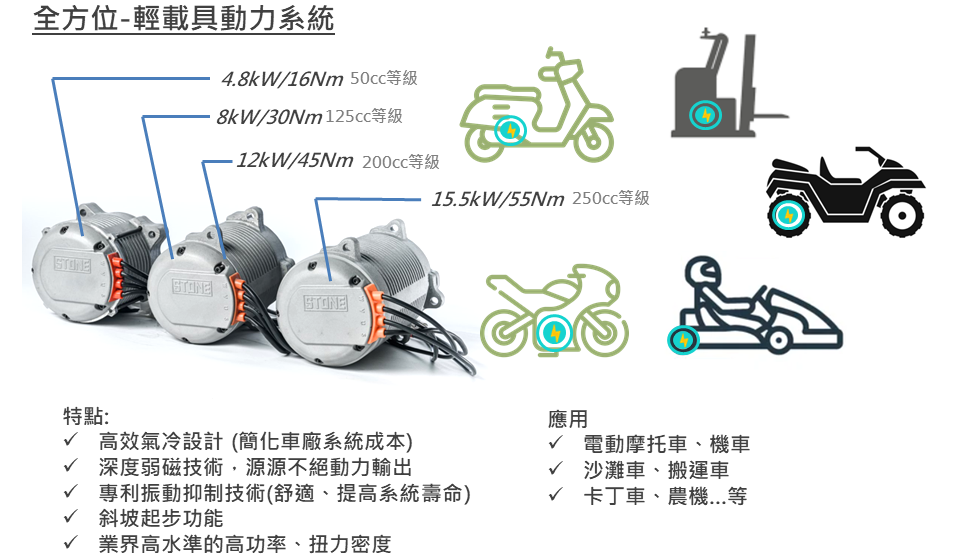
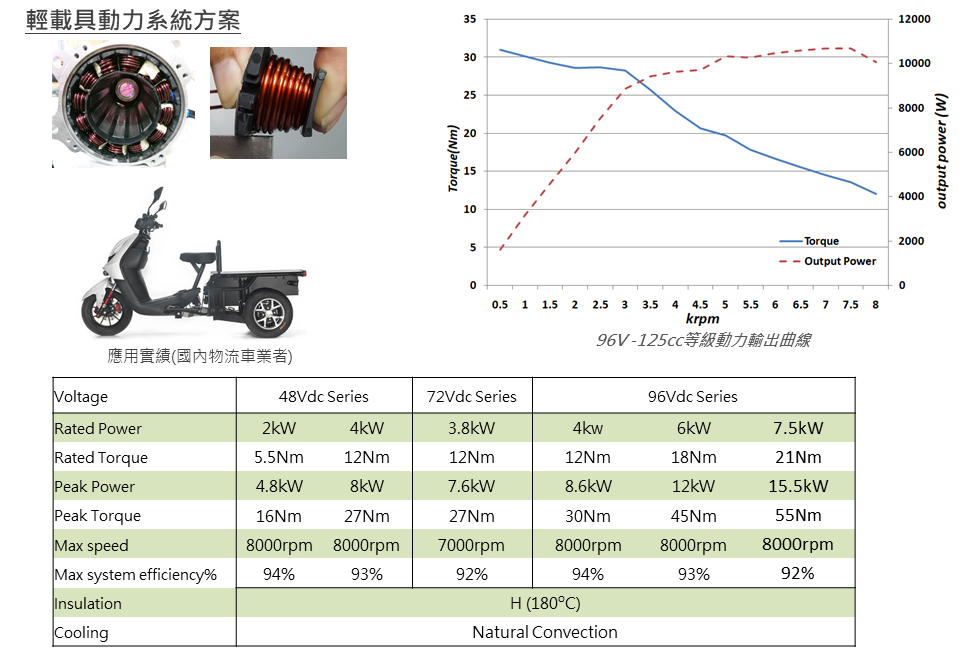

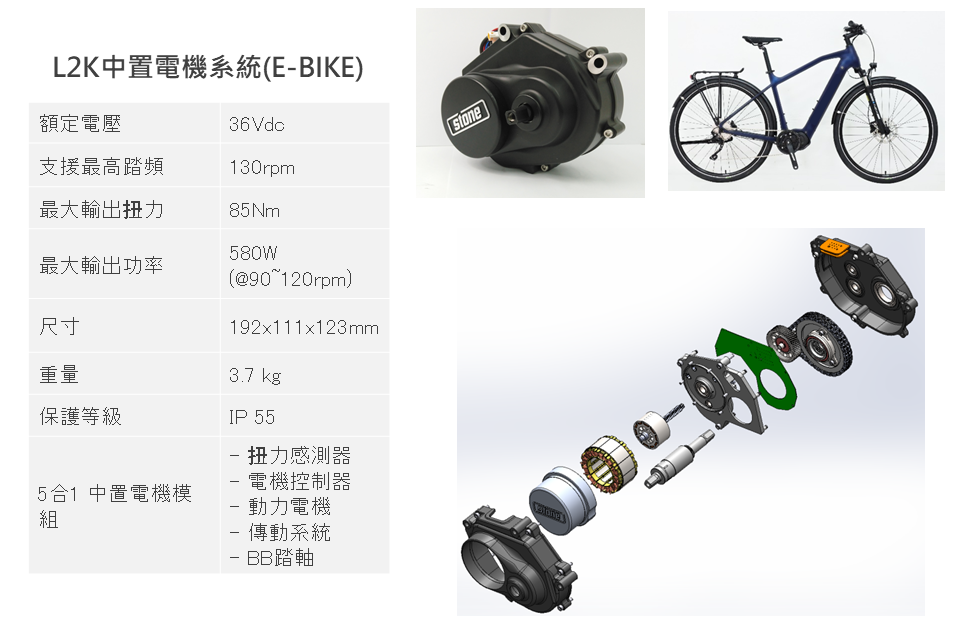
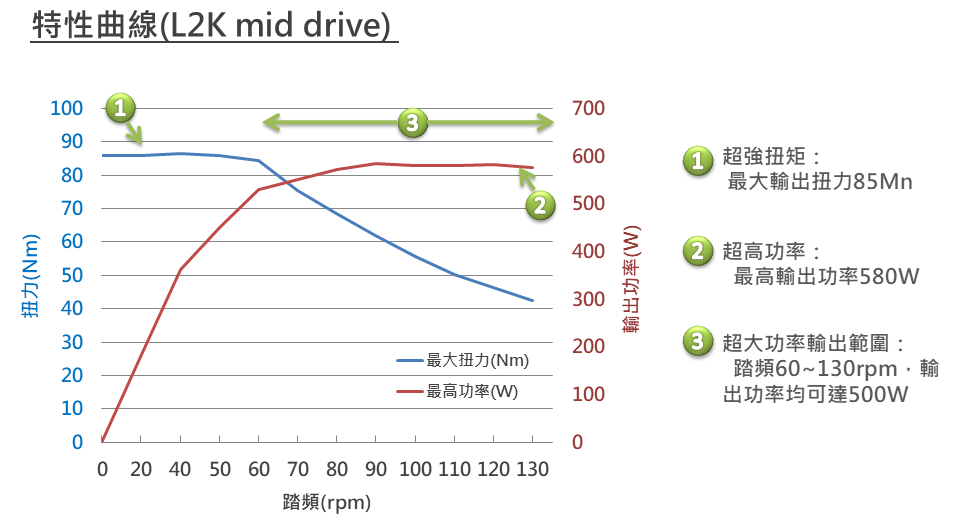
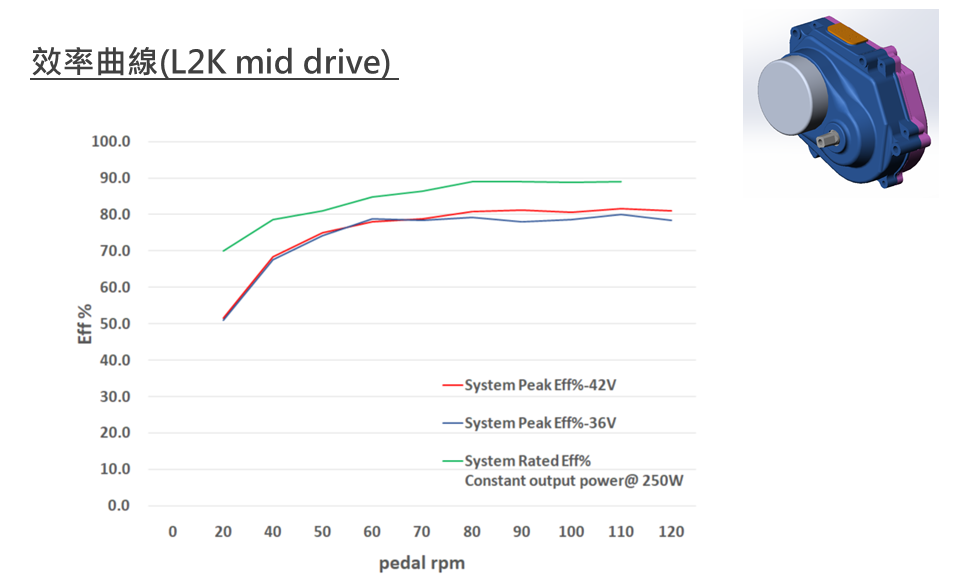

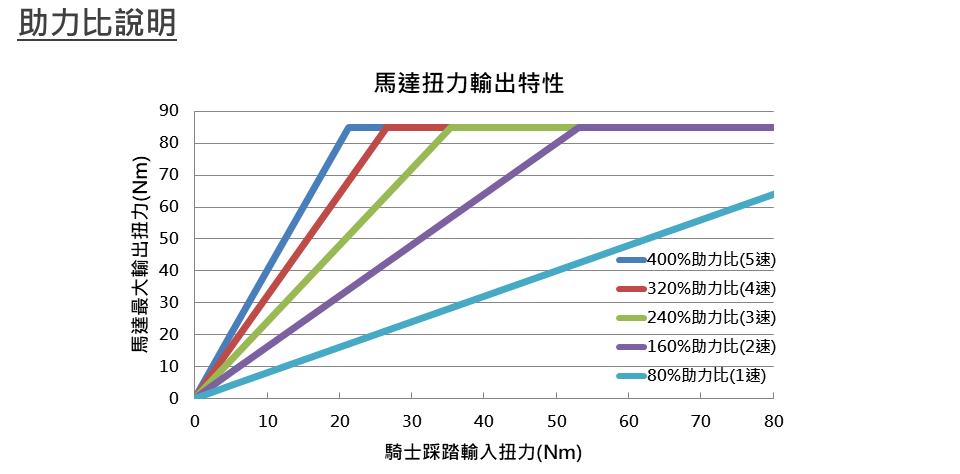
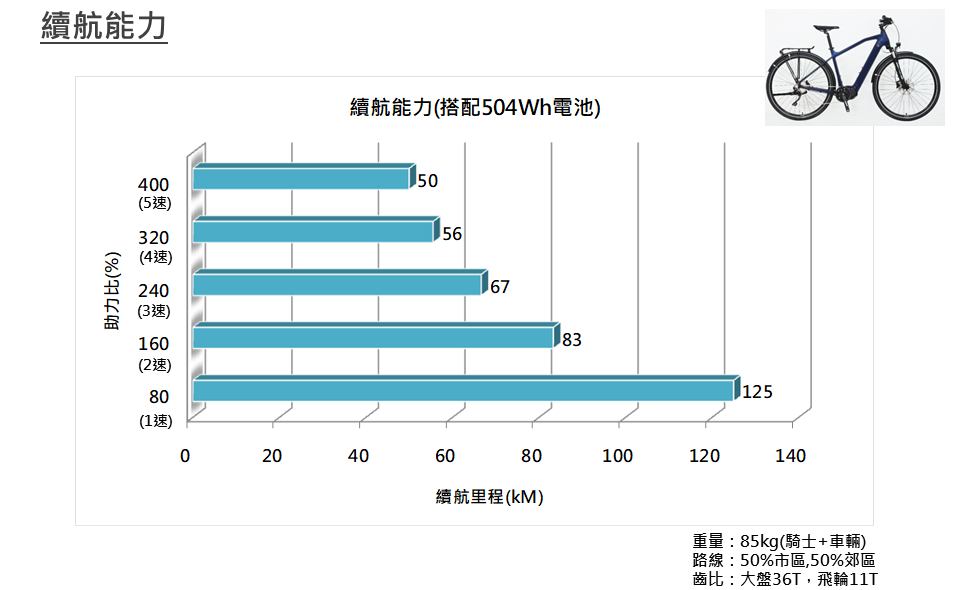
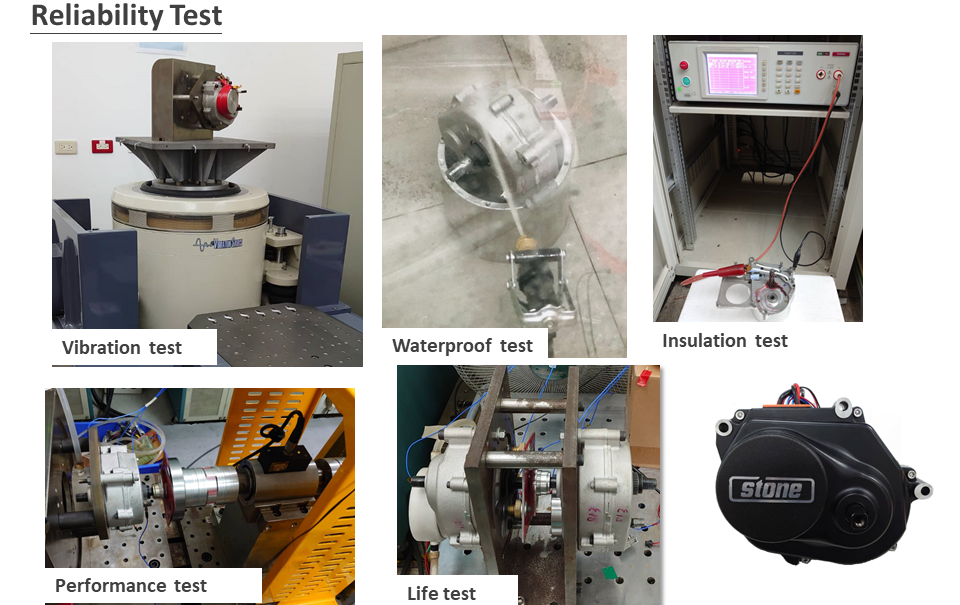

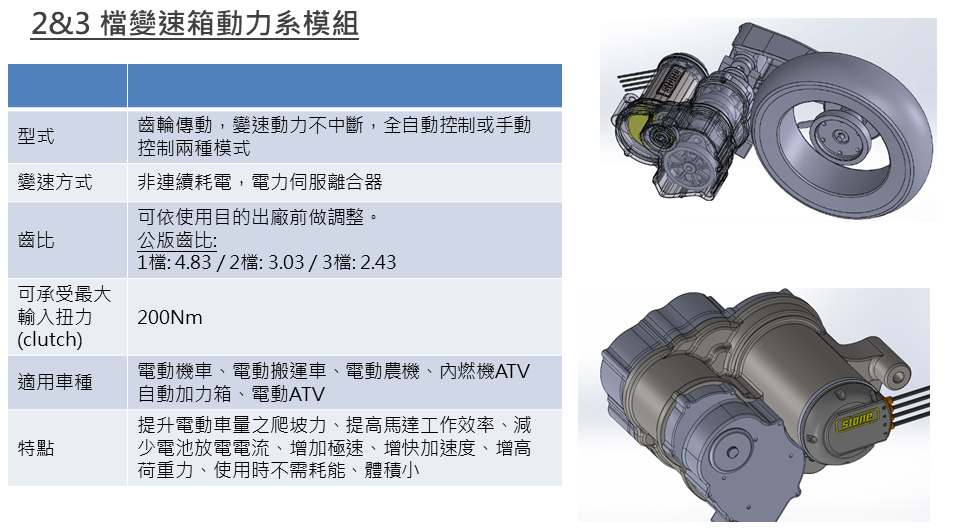
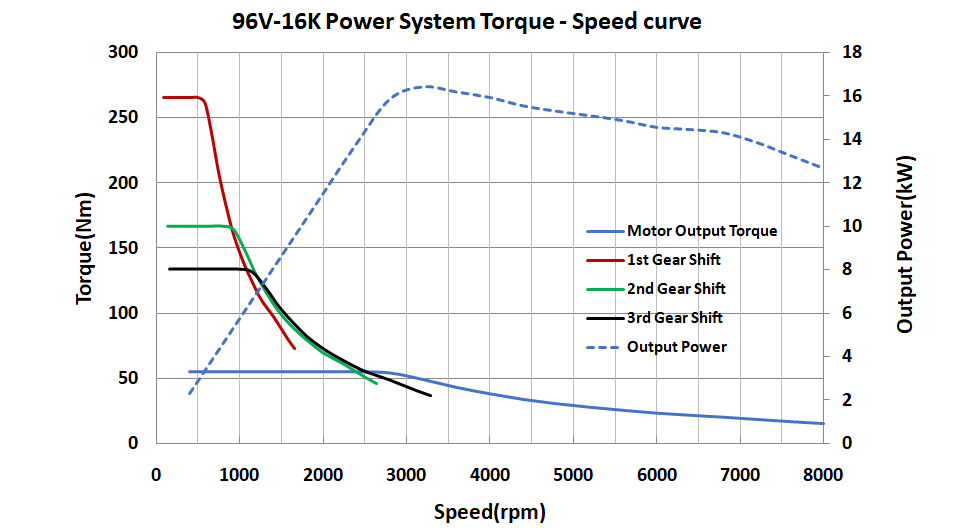


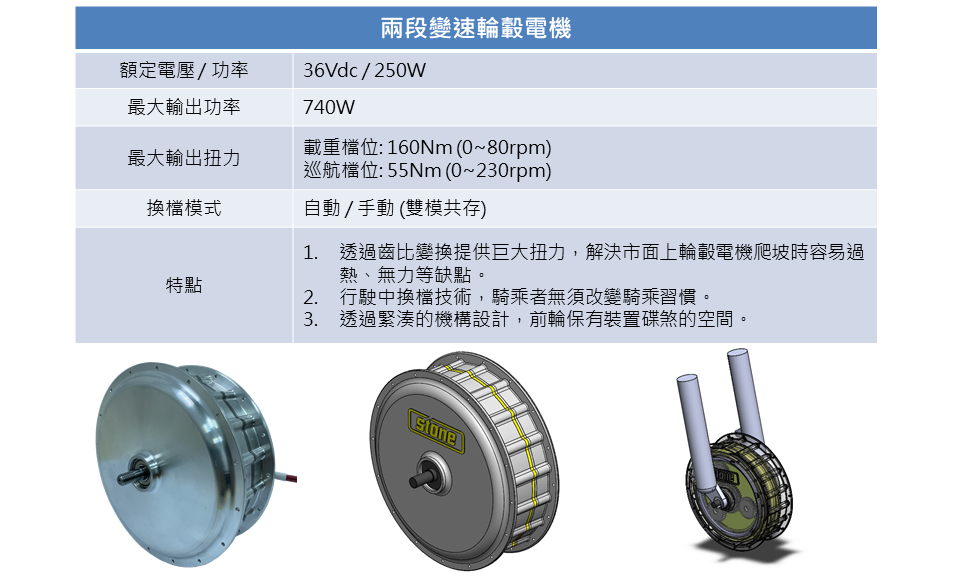
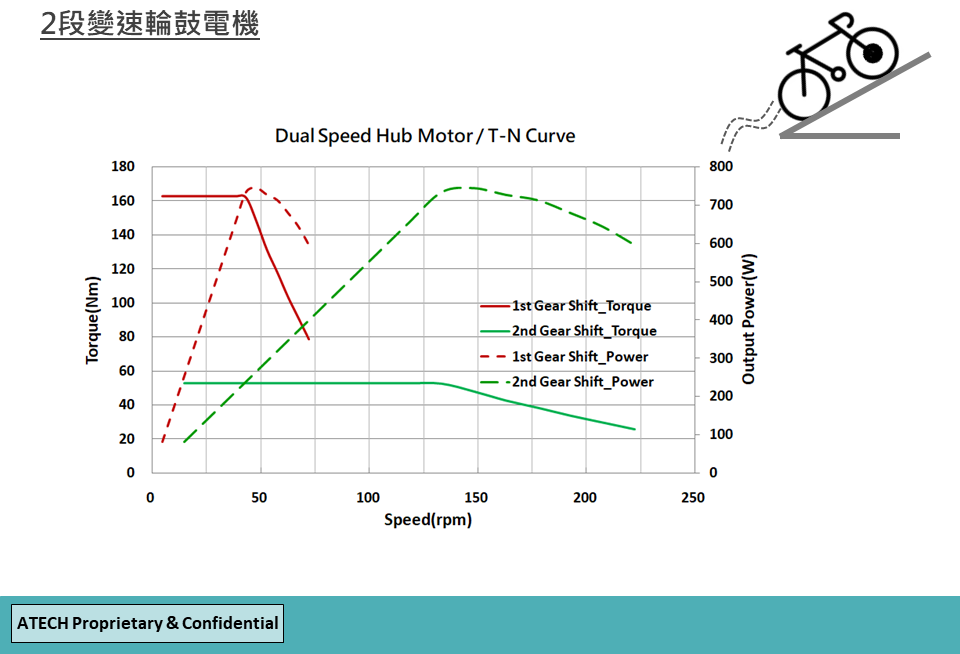 緣於其相關企業磐石電池與八達創新科技公司,開發電動車動力電池以及電控系統有成,並鑑於台灣數十年來相關産業盡從事工業用交流感應馬達,而陌生於電動車需要高效率節能的永磁同步馬達,於西元2000年召集工研院以及產業界菁英創立永固開發工業股份有限公司,專注電動車馬達開發
緣於其相關企業磐石電池與八達創新科技公司,開發電動車動力電池以及電控系統有成,並鑑於台灣數十年來相關産業盡從事工業用交流感應馬達,而陌生於電動車需要高效率節能的永磁同步馬達,於西元2000年召集工研院以及產業界菁英創立永固開發工業股份有限公司,專注電動車馬達開發